- Absolutely Amazing!
- Repair
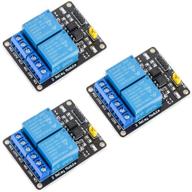
11
·
Poor

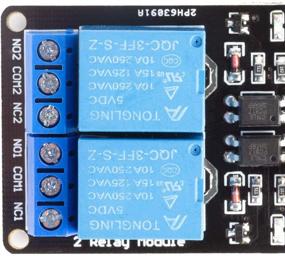
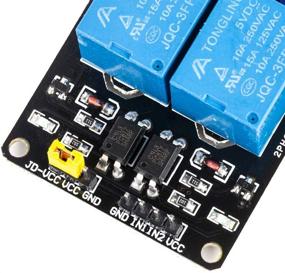
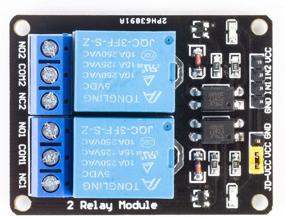
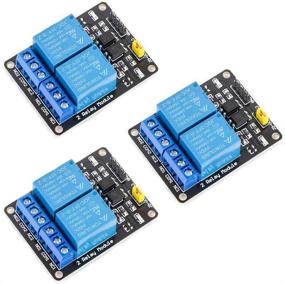
| Brand | MCIGICM |
|---|---|
| Maximum Switching Current | 10 Amps |
| Specification Met | Ma |
Step up your electronics game with the MCIGICM 2-Channel DC 5V Relay Module, a versatile and powerful expansion board that brings convenience and control to your projects. Designed for compatibility with popular single board computers like Arduino UNO R3, Raspberry Pi, and more, this module offers a range of features to enhance your creativity and expand the capabilities of your computer components.
With the MCIGICM Relay Module, you gain access to two channels of relay control, allowing you to switch high-power devices with ease. Each relay driver has a low current requirement of 15-20mA, ensuring efficient power consumption while still providing robust performance. The built-in indication LEDs offer a quick and convenient way to monitor the status of the relay outputs, ensuring that you're always aware of their activation status.
Equipped with high-current relays, this module can handle both AC and DC loads, making it suitable for a wide range of applications. With an impressive capacity of AC250V 10A and DC30V 10A, you can confidently control devices that require substantial power. The optocoupler-based low-level trigger design allows for reliable and safe operation, protecting your connected computer components from potential damage.
The MCIGICM Relay Module opens up a world of possibilities for self-development and experimentation. Whether you are an electronics enthusiast, a hobbyist, or a professional, this module enables you to create innovative projects with ease. Use it to automate home appliances, build smart systems, control lighting installations, and much more. The only limit is your imagination!
The MCIGICM Relay Module caters to a wide range of individuals and industries. Hobbyists and electronics enthusiasts will appreciate the flexibility and convenience it brings to their projects. Engineers and developers can leverage its capabilities to prototype and test new ideas quickly. Home automation enthusiasts can integrate it into their systems to create a fully customized and automated environment. In short, anyone looking to enhance their electronics projects or explore the world of automation will find great value in this versatile relay module.
5V 2-Channel Module Relay Board, Driver Current:15-20mA each. Indication LED's for Relay output status. IN: can be low level control relay. Equiped with high-current relay, AC250V 10A ; DC30V 10A. Standard interface that can be controlled directly by microcontroller (Arduino , 8051, AVR, PIC, DSP, ARM, ARM, MSP430, TTL logic)
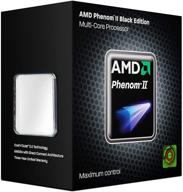
AMD Phenom II X4 940 💻 Black Edition 3.0GHz AM2+ Processor - Retail

96 Review
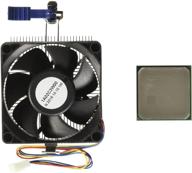
💪 AMD FD6300WMHKBOX FX-6300 Black Edition: 6-Core Processor with Unparalleled Performance

134 Review
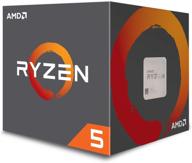
🔋 Power Up Your Gaming Rig with AMD Ryzen 5 2600 Processor with Wraith Stealth Cooler - YD2600BBAFBOX

116 Review

🚀 Upgrade Your PC with TP-Link Archer T5E WiFi Card - Dual Band Wireless Network Card for Gaming and Streaming on Windows 10, 8.1, 8, 7 (32/64-bit) with Bluetooth 4.2 Support

83 Review
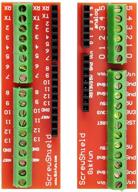
Gikfun Screw Shield Expansion Board: Enhance Arduino UNO R3 with the EK7007 Add-On

11 Review
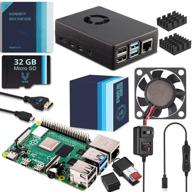
Vilros Raspberry Pi 4 4GB Complete Starter Kit - Black Fan-Cooled Aluminum Case for Heavy-Duty Performance

12 Review
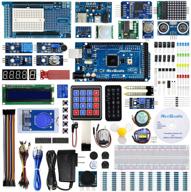
REXQualis Comprehensive Starter Kit with Arduino MEGA 2560 & Detailed Tutorial for Arduino IDE Compatibility

11 Review
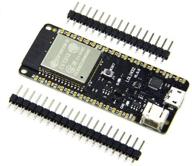
HiLetgo ESP32 WiFi Bluetooth 🔌 Board Module - Dual Core, ESP-WROOM-32 CPU

11 Review
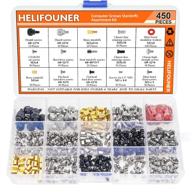
🖥️ Helifouner 450-Piece Computer Standoffs Spacer Screws Kit: Ideal for Hard Drive, Motherboard, Fan, Power Graphics & Computer Cases

10 Review
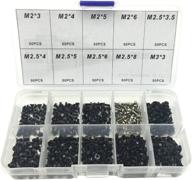
Comprehensive 500pcs Laptop Screw Kit Set for 🔩 IBM HP Dell Lenovo Samsung Sony Toshiba Gateway Acer

12 Review

🔧 Premium Repair Replacement Screws & Tools for MacBook Pro Retina 15"/13" - Complete Bottom Case Set

10 Review

MacBook Retina 13-inch (A1425, A1502) and 🔩 15-inch (A1398) Bottom Case Screw Set with Pentalobe Screwdriver

11 Review